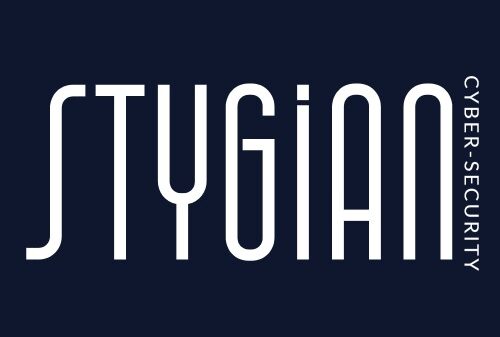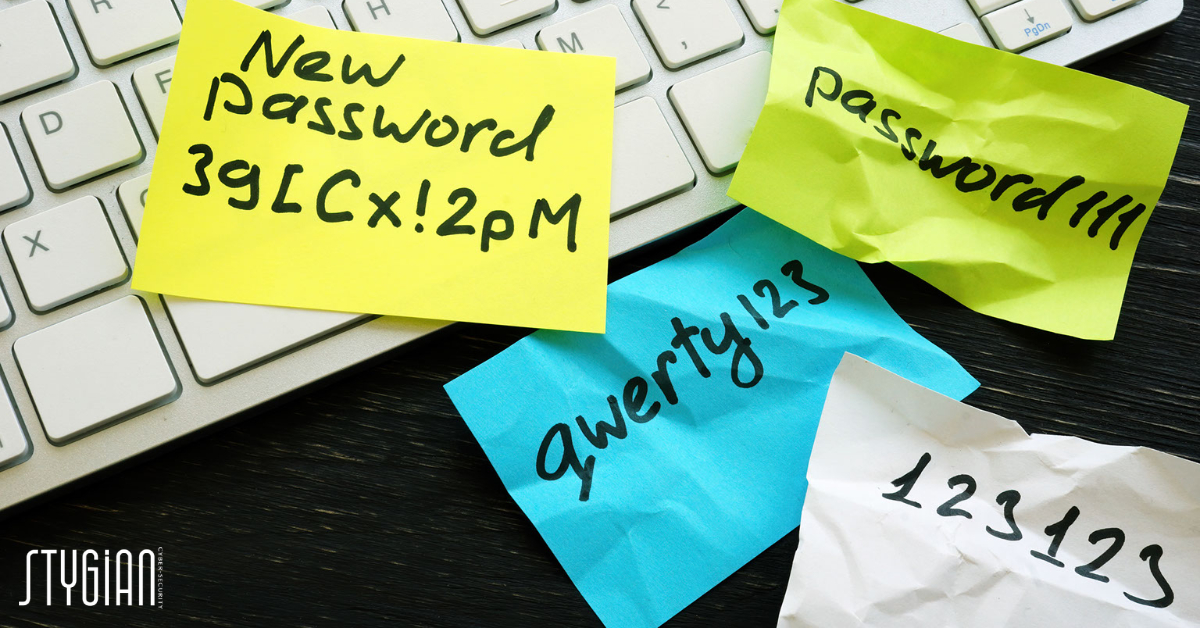Understanding a Passwordless World
The concept of a passwordless world is simple on the surface: eliminating passwords as a method of digital authentication. Traditionally, we’ve relied on passwords (something we know) to access our digital lives. However, as cyber-attacks grow more sophisticated, passwords have become increasingly vulnerable.
A passwordless approach shifts the focus from something we know to something we have or something we are. This can be:
Something we have:
A device, a smart card, a security token.
Something we are:
Biometrics like fingerprints, voice recognition, or facial scans.
Why Passwordless?
Enhanced Security:
Passwords can be guessed, stolen, or cracked. By using physical devices or biometrics, the chances of unauthorised access reduce significantly.
User Convenience:
No more remembering complex passwords or dealing with frequent password changes. Simply tap, scan, or speak to authenticate.
Reduced IT Costs:
Forget password reset requests. Moving to passwordless can significantly reduce IT support costs related to password management.
Challenges in the Transition to Passwordless
Device Dependency:
If authentication is tied to a device, losing that device can pose problems.
Privacy Concerns:
Biometric data, if not handled or stored properly, can raise privacy issues.
Adoption Rate:
Old habits die hard. Getting users to shift from familiar password-based systems can be a challenge.
Recommendations for Transitioning to Passwordless Authentication
Start with a Hybrid Approach:
Transitioning to a completely passwordless system overnight might not be feasible. Begin by integrating passwordless options alongside traditional methods.
Educate and Train:
Make sure employees and users understand the benefits and know how to use the new systems.
Prioritise Privacy: If using biometrics, ensure data is encrypted, stored securely, and never shared. Consider on-device processing where biometric data doesn’t leave the user’s device.
Implement Multi-Factor Authentication (MFA): Even within passwordless, having a layered approach can further enhance security. For instance, a device tap followed by a biometric scan.
Plan for Contingencies: If using device-based authentication, have processes in place for lost or stolen devices.
Stay Updated: Just as cyber threats evolve, so do security measures. Keep abreast of the latest in passwordless technologies and best practices.
Conclusion on The Passwordless World
The move to a passwordless world is more than just a trend; it’s the future of IT security. As cyber threats grow in number and sophistication, the shift away from vulnerable password-based systems is not just smart—it’s essential. By understanding the benefits, addressing the challenges, and methodically implementing passwordless strategies, organisations can significantly bolster their cybersecurity defenses while simplifying life for their users. The future of secure, seamless access is passwordless, and the future is now.
Stygian Cyber Security can help you secure your organisation against threats, ensure compliance and provide you with peace of mind with our range of cyber security solutions.
We’re a friendly and knowledgeable team, so have a browse or give us a call –we’re ready when you are.
Reference:
Passwordless authentication: Hackers don’t break in—they sign in. Protect one of attackers’ most common entry points by going passwordless.

